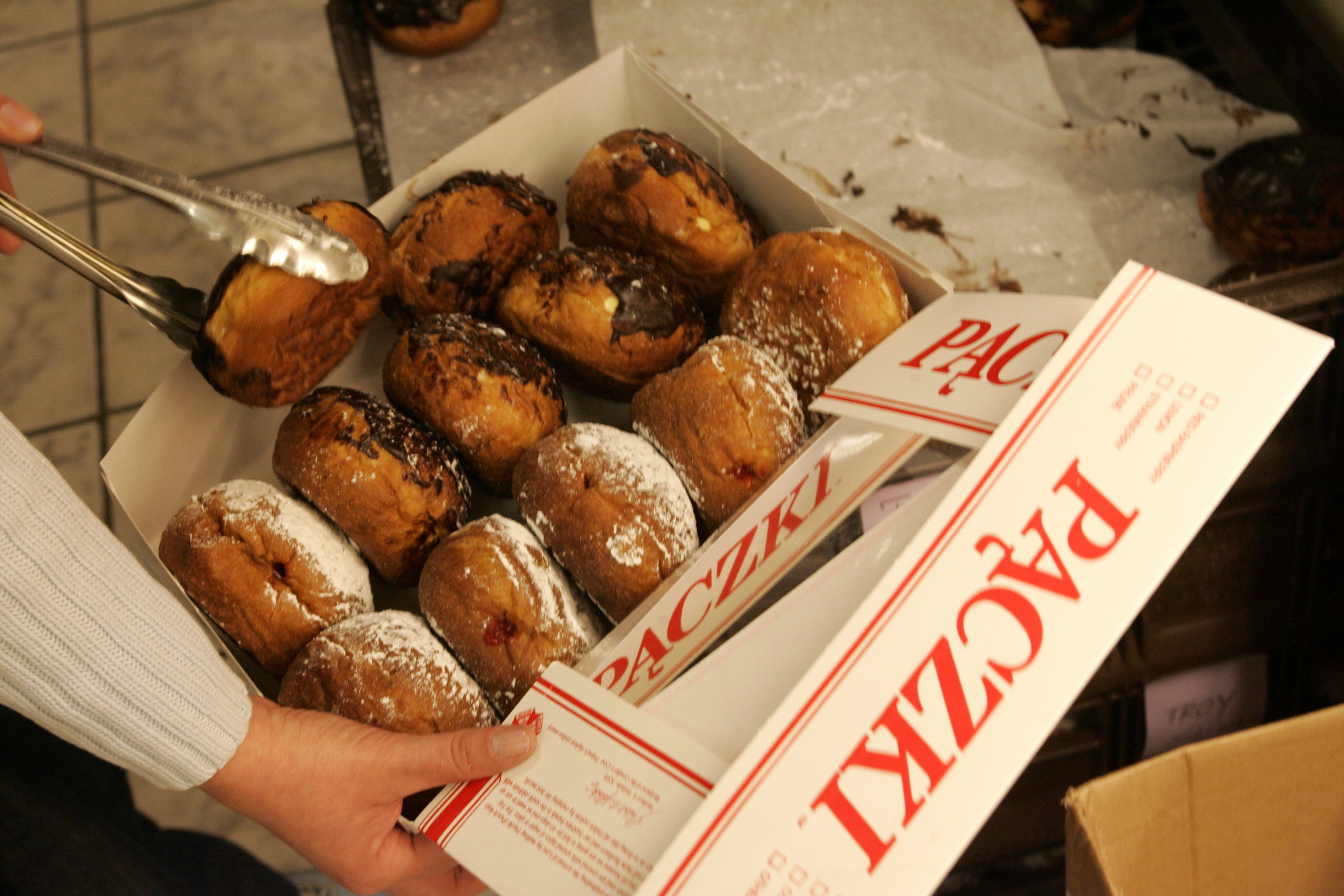The state flag of each of the 50 U.S. states
American history trivia time!
Sports blog information from USA TODAY.
American history trivia time!
An unfortunate chapter in history
What’s yours?
It’s Paczki Day!
Editor’s note: This story was originally published in 2020.
Welcome to FTW Explains: A guide to catching up on and better understanding stuff going on in the world. You may have heard it’s Paczki Day and are wondering what that’s all about. We’re here to help.
It’s Mardi Gras, Fat Tuesday or Shrove Tuesday, and you may have heard some people talking about paczki or Paczki Day as well and have no idea what they’re talking about. That’s OK because we’re here to explain.
There are countless ways people celebrate Fat Tuesday, the day before the Christian holy day of Ash Wednesday and the beginning of Lent. And this is just one more.
Although Paczki Day is a particularly big deal in the Midwest, it’s certainly not exclusive to that area of the U.S. So let’s break down the basics.

A paczek is a Polish-style fried pastry bun made with butter, eggs and sugar and filled with fruit or jelly. The plural of paczek is paczki — although it’s common for people to throw an S on the end of that.
As the Detroit Free Press noted a few years ago, traditional paczki are prune-filled, but nowadays, there are a wide variety of fruit or custard fillings. They can also have a powder, glaze or sometimes chocolate finish.
One Polish-style pastry, paczek, is pronounced poon-check, while the plural, paczki, is pronounced poonch-key.
They’re a delightfully sublime slice of heaven that melt in your mouth with each exceptionally high-caloric bite. It’s richer, and far better, than a typical doughnut and only comes in a spherical shape. And despite being fairly heavy — although the really good ones don’t often taste like it — they’re not greasy, thanks to a small amount of grain alcohol added to the dough, which, when it evaporates, prevents the dough from absorbing oil.
#FatTuesday starts off with "good energy," paczki and rain. #PączkiDay #Hamtramck https://t.co/g2bBDn4XyO pic.twitter.com/yqPQN1Bc7Z
— The Detroit News (@detroitnews) February 25, 2020
It’s along the same lines of Fat Tuesday, or the last day to splurge on sweets or rich food before fasting during the Lenten, the six weeks that precede Easter on the Christian calendar. Leading up to Lent, indulging with paczki has been a tradition in Europe dating back at least to the Middle Ages, the Detroit Free Press noted. But, of course, traditions and recipes have evolved in the U.S.
However, Paczki Day wasn’t always celebrated on the same day as Mardi Gras. As the Polish American Journal explains:
While the practice of Pączki Day is traditionally observed the day before Ash Wednesday in the United States, in Poland, pączki sales are the highest on Tlusty Czwartek, or “Fat Thursday.” (The Thursday before Ash Wednesday). This day marks the start of the final week of the pre-Lenten celebrations.
It’s #FatTuesday and this Michigan girl needs to find a paczki stat! Unfortunately, Floridians aren’t known for their paczkis 😭😭😭 pic.twitter.com/xAm9PFoQ7o
— Danielle O'Neil 🏃♀️👩👧 (@DanielleONeil_) February 25, 2020
Not even a little bit. One paczek can have more than 400 calories and 25 grams of fat. But that’s sticks to the theme of Fat Tuesday or Fat Thursday.
[listicle id=1408297]
Editorial levity as the U.S. elections near…
Happy birthday to these celebs in Feb. 2024!
Could the signs of the Zodiac direct you toward winning lottery numbers?
Mistakes could be made here:
Single? Try here!
These places will actually help you keep your New Year’s resolution: